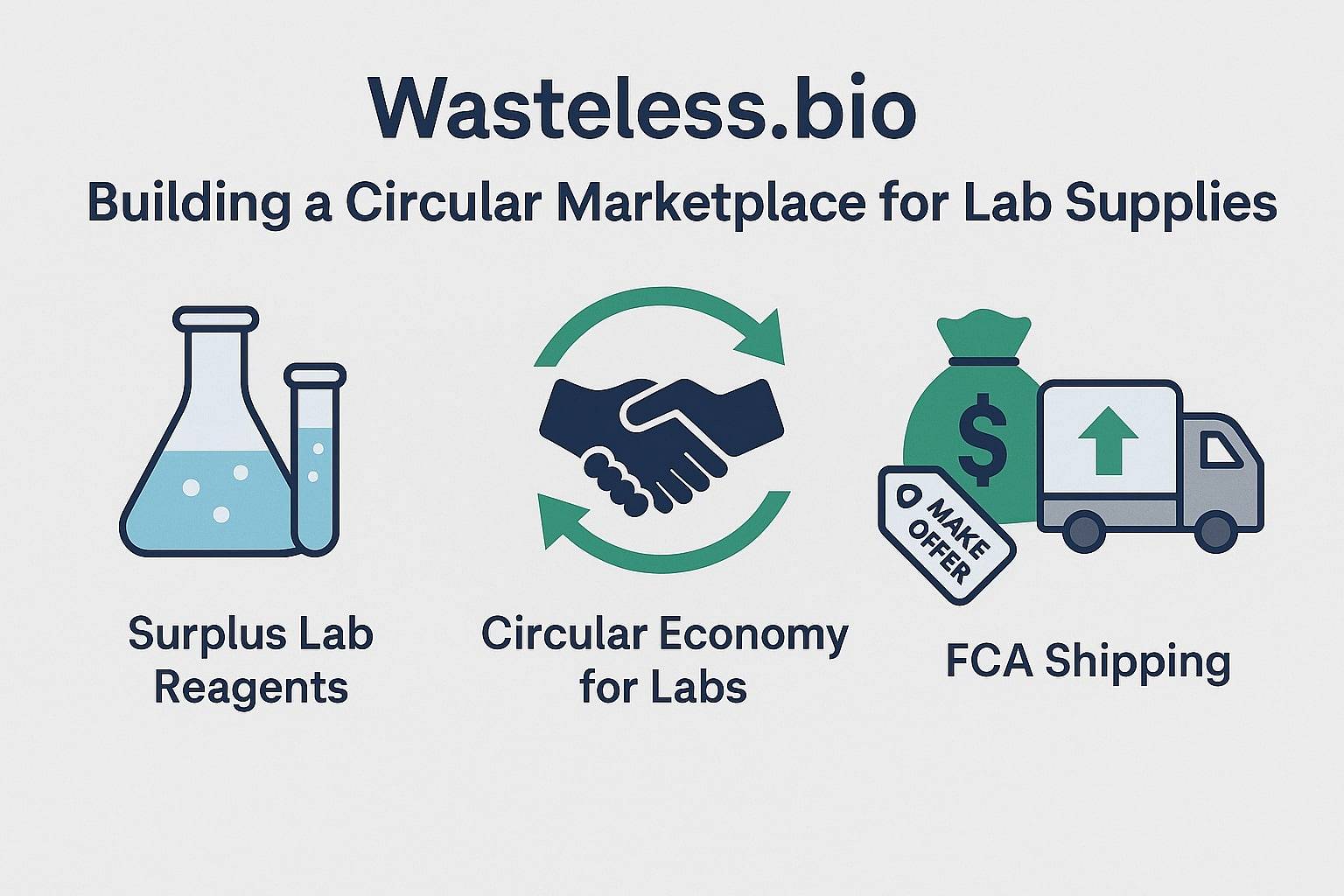The benefits of a good inventory management system are numerous and far-reaching. And now, more than ever before, a business owner can choose from an array of options that use modern, streamlined processes. But knowing which system will suit your business needs is another matter.
Good inventory management strategies can help enhance your operation in several ways. Approaching your ERP from the proper perspective will allow you to make the most of these systems.
Read on to learn more about how ERP inventory management can transform your operations and set you on the path to success.
Why Inventory Management Matters for Business Owners
Before we explore ERP (Enterprise Resource Planning) solutions, let’s understand why inventory management is crucial for business owners like you. Think of your business inventory as a puzzle. When the pieces fit together correctly, your business runs smoothly. But even if one piece is missing or misplaced, it can cause problems.
Effective inventory management can help you:
- Avoid running out of products your customers want.
- Prevent overstocking, which ties up your money and storage space.
- Identify trends and popular products so you can make informed decisions.
Good inventory management is like having a GPS for your business. It helps you navigate the road to success.
Benefits of Using ERP for Inventory Management
Now that you know why inventory management matters, let’s talk about how ERP can be your best ally in this journey.
ERP stands for Enterprise Resource Planning, and it’s like a superpower for managing your business inventory. Here are some key benefits:
Streamlined Processes:
ERP software integrates various aspects of your business, including inventory, into one system. This means less manual work and fewer chances for errors.
Real-time Information:
With ERP, you get up-to-the-minute data on your inventory. No more guesswork; you’ll know exactly what’s in stock.
Cost Reduction:
ERP helps you avoid overstocking and understocking, which can save you money on storage costs and lost sales.
Improved Customer Service:
When you have the right products in stock, you can satisfy your customers’ needs promptly. Happy customers are more likely to come back.
Better Decision-Making:
ERP provides insights through data analysis. You can make informed decisions about what to order, when to order it, and how to price your products.
Types of ERP Inventory Management Strategies
ERP offers various strategies for managing your inventory efficiently. Let’s look at a few common ones:
Just-In-Time (JIT):
This strategy minimizes holding costs by ordering products just when they’re needed. It’s like ordering a pizza when you’re hungry instead of keeping a stack of pizzas in the fridge.
ABC Analysis:
The ABC analysis approach categorizes your products into three groups: A (low-quantity but high-value), B (quality and value is moderate), and C (high-quantity but low value). This helps prioritize which items need closer attention.
Bulk Shipments:
Ordering larger quantities at once can often get you better deals from suppliers. However, it requires more storage space and can tie up your capital.
Choosing the Right ERP System for Your Business
Selecting the right ERP system is crucial. It’s like picking the perfect tool for the job. Here’s how to make the right choice:
Identify Your Needs
Understand your business’s specific inventory management needs. Are you a retailer, manufacturer, or distributor? Do you have unique product characteristics, such as perishable goods or complex assemblies?
User-Friendly
Choose a system with a user-friendly interface. You don’t need a complicated puzzle to solve; you need a tool that simplifies things.
Support and Training
Look for ERP providers that offer training and ongoing support. You want a partner, not just a software vendor.
Budget
Consider your budget. ERP systems come in various price ranges, so find one that aligns with your financial plan.
As you explore ERP solutions, it’s worth noting that you can find additional information and resources about this on https://www.directics.com/submit-rfq. This site can provide valuable insights and options to help you make an informed decision about your ERP system, making your inventory management journey as seamless as possible.
Implementing ERP Inventory Management
Now that you’ve chosen the right ERP system, it’s time to put it into action. Here’s a step-by-step guide:
Data Migration:
Transfer your existing inventory data into the ERP system. This includes product details, quantities, and supplier information.
Employee Training:
Train your staff on how to use the ERP system. Make sure everyone is comfortable with the new tool.
Testing:
Before going live, run tests to ensure everything works as expected. This helps avoid disruptions once the system is in use.
Go Live:
Start using the ERP system for your inventory management. Monitor its performance closely in the early stages.
Feedback and Adjustments:
Encourage your team to provide feedback. Use this input to make necessary adjustments and improvements.
Best Practices for Successful ERP Inventory Management
Managing your inventory effectively with ERP involves more than just software. It’s also about adopting best practices. Here are some tips:
Regular Audits
Conduct regular physical counts of your inventory to catch any discrepancies between your records and what’s on the shelves.
Forecasting
Use historical data and market trends to forecast future demand. This will help you order the right quantities at the right time.
Supplier Relationships
Build strong relationships with your suppliers. Good communication can lead to better deals and more reliable deliveries.
Safety Stock
Maintain a buffer of extra inventory to handle unexpected spikes in demand and supply chain disruptions.
Data Analytics
Use the data generated by your ERP system to make informed decisions about your inventory.
Overcoming Common Challenges in ERP Inventory Management
Even with the best ERP systems and practices in place, challenges may arise. Here’s how to tackle some common ones:
Data Accuracy
Ensure that your data is accurate and up-to-date. Regularly check for discrepancies and correct them promptly.
Integration Issues
Make sure your ERP system integrates smoothly with other business systems, such as your accounting software.
Employee Resistance
Some employees may resist using new software. Provide training and highlight the benefits to encourage adoption.
Cost Management
Monitor the costs associated with your ERP system, including licensing, training, and ongoing maintenance.
Utilize ERP Inventory Management Strategies for Business Success
Implementing an ERP inventory management strategy is a great way for businesses to streamline their inventory, supply chain, and sales processes. It can save money and resources and ensure that products and services are available in the right place and at the right time.
Start today by exploring the different ERP solutions available to take full advantage of this invaluable tool.
If this article has helped you, check out the rest of our site for more guides and tips.











